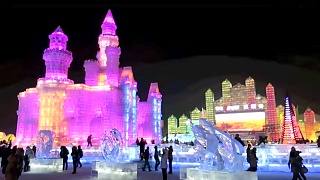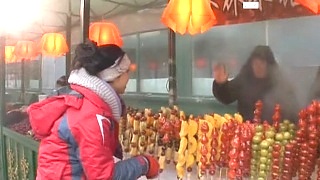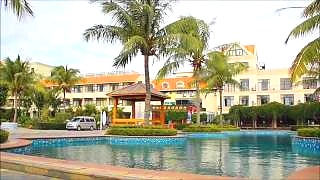 Asian Cultural Festival, 2019
Asian Cultural Festival, 2019
Related Videos
Featured Videos
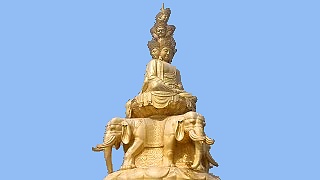
|
Emei Shan (Emei Mountain, 3,099 m / 10,167 ft) is one of the four Chinese Buddhist sacred mountains.
Emei Shan is a UNESCO World Heritage Site (together with the nearby LeShan Giant Buddha) as "an area of exceptional cultural significance as it is the place where Buddhism first became established on Chinese territory ... The first Buddhist temple in China was built on the summit of Mount Emei in the 1st century CE ... Mount Emei is also notable for its exceptionally diverse vegetation, ranging from subtropical to sub-alpine pine forests. Some of the trees there are more than 1,000 years old."
Included in this beautiful film : the summit of Mount Emei, WanNian Si Temple, QingYin Ge and BaoGuo Si Temple.
|
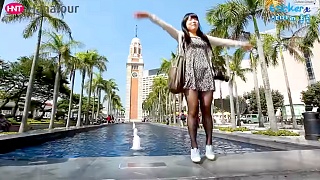
|
A great film by Sticker Travel ...
|
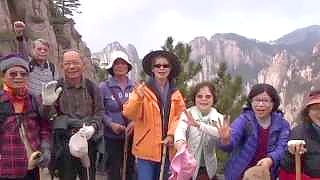
|
HuangShan (Yellow Mountain) is one of the most famous scenic areas in China and a UNESCO World Heritage Site ...
|

|
A fascinating look at the wide variety of breakfast foods on offer ...
|

|
With DuckTravel ...
|

|
Vast rolling seas of golden canola flowers make the are around QuJing, LuoPing County, YunNan province, near the start of the Pearl River (China's third longest), a tourist hot-spot each autumn.
A GCTN Travelogue ...
|

|
Due to its height this part of the Great Wall of China was single sided and narrow. Through the centuries of wind and rain it has become greatly eroded. Although that adds to the charm, it is a very dangerous hike that is NOT to be experienced first hand, but rather by this film. Enjoy the thrill from your armchair, only. And we mean that.
|
Tag search ?

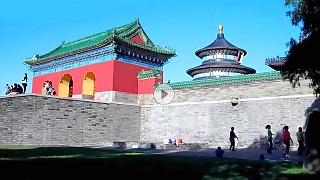




 Asian Cultural Festival, 2019
Asian Cultural Festival, 2019




